Features
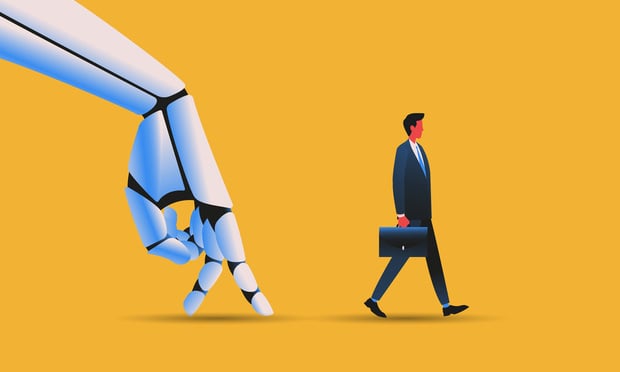
Protecting Technology-Assisted Works and Inventions: Where Does AI Begin?
Just like any new technology, efforts to protect and enforce intellectual property on AI-based technologies are likely to be hampered by a lack of both a unified governing framework and a common understanding of the technology.
Features

Generative AI and Law Firm Pricing
Generative AI, combined with client education, could signal the slow death knell of the billable hour.
Features
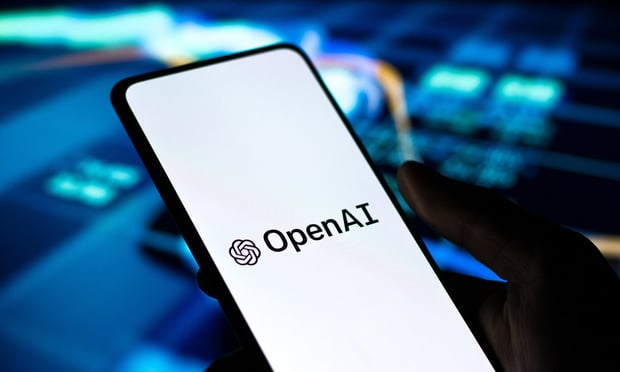
All the News That's Fit to Pinch: 'NYT v. OpenAI'
The emerging cases by authors and copyright owners challenging various generative AI programs for using copyrighted materials are certain to create new troubles for the courts being asked to apply the fair use doctrine to this important new technology.
Features

Protecting Technology-Assisted Works and Inventions: Where Does Smart Technology End and AI Begin?
At what point does a "smart" computing system, or advanced software program, qualify as AI in the eyes of pertinent regulatory or judicial authorities? When is an individual considered to have merely deployed an AI-based computing tool to assist with creating a work of art or conceiving of a technological innovation? Each of these questions is explored in this article, giving consideration to currently prevailing guidelines from administrative bodies and the courts.
Features

All the News That's Fit to Pinch
The emerging cases by authors and copyright owners challenging various generative AI programs for using copyrighted materials are certain to create new troubles for the courts being asked to apply the fair use doctrine to this important new technology.
Features
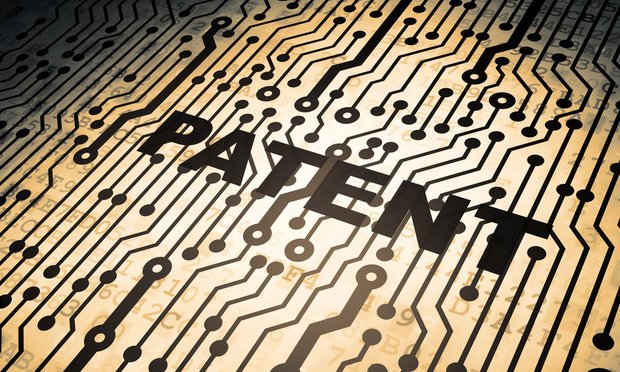
Can Artificial Intelligence Patents Overcome §112 Requirements?, Part 2
Part Two of a Two-Part article While the last decade has seen a dramatic increase in the number of AI patents, such patents face difficulty in overcoming the patent-eligibility challenges under §101 and Alice. Section 101, however, is not the only hurdles AI patents must overcome. Section 112, with its written description, enablement, and definiteness requirements, presents additional obstacles.
Features
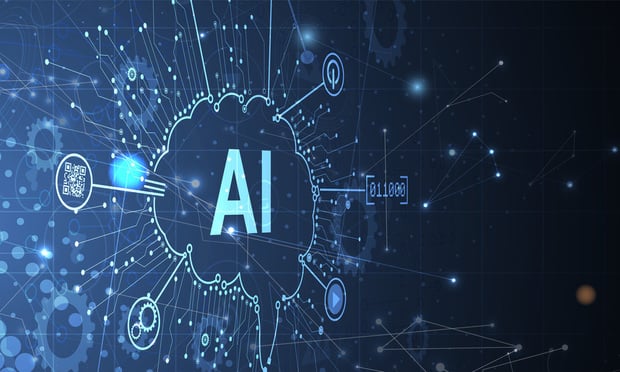
AI and Hospitality: Transforming Law Firm Workplaces for the Future
As the world ushers in a new era post-pandemic of hybrid operations, it's really no surprise that workplace experience is a top, strategic lever law firm leaders are driving in conjunction with re-envisioning the space their professionals are occupying.
Features
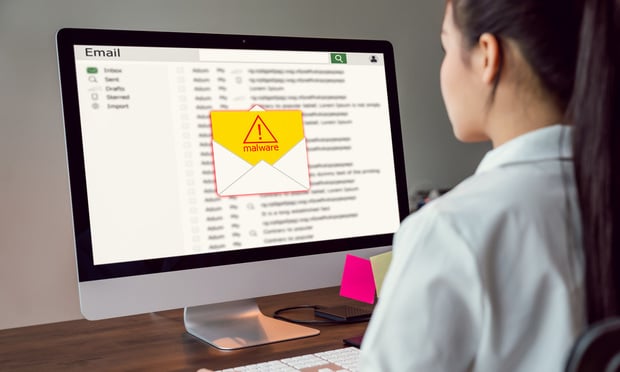
Artificial Intelligence: The New Weapon of Insider Threats
It is imperative that every organization acknowledges and takes seriously the potential harm that can be caused by insiders who misuse AI as a weapon for personal gain or to settle scores.
Features

Leveraging Generative Artificial Intelligence In CRE and Law Firm Practice
In addition to boosting efficiency and productivity, GenAI's new technological capabilities hold the promise of empowering lawyers to offer more precise and insightful guidance to their clients.
Features

How New York Times' Lawsuit Over AI Software Copying Differs From Prior Copyright Complaints
The New York Times' copyright infringement lawsuit against OpenAI and Microsoft is said to be AI's "Napster Moment." But observers are torn about the case's legal merits, citing differing views around how exactly AI "Large Language Models" are trained.
Need Help?
- Prefer an IP authenticated environment? Request a transition or call 800-756-8993.
- Need other assistance? email Customer Service or call 1-877-256-2472.
MOST POPULAR STORIES
- Disconnect Between In-House and Outside Counsel'Disconnect Between In-House and Outside Counsel is a continuation of the discussion of client expectations and the disconnect that often occurs. And although the outside attorneys should be pursuing how inside-counsel actually think, inside counsel should make an effort to impart this information without waiting to be asked.Read More ›
- Divorce Lawyers' Obligation to ChildrenDo divorce lawyers have an obligation to disclose client confidences when it is in the best interests of the client's child to do so? The short answer of the rules of professional responsibility is 'no' because a 'yes' answer is deemed to be fundamentally inconsistent with the premises of the adversary system in which the divorce lawyer functions. The longer answer is that the rules encourage ' but do not require ' a divorce lawyer to counsel the client to authorize the disclosure because it is in the best interests of both parent and child.Read More ›
- Upping the Legal Training AnteWomble Carlyle's technology training and online learning programs were in need of an upgrade. Unprecedented firm growth, heightened emphasis on developing lawyers' core technology competencies, and a need to streamline and automate existing e-learning processes led the firm to initiate a fundamental shift.Read More ›
- Ticket Refund Suits Against StubHub to Get MDL TreatmentOnline ticket reseller StubHub faces lawsuits over allegedly unrefunded event tickets in California, after a federal judicial panel ordered that similar cases from jurisdictions in multiple states be coordinated.Read More ›
- Credible Fraudulent Transfer AdvocacyAppellate courts continue to use common sense when disposing of constructively fraudulent transfer appeals, as recent decisions show.Read More ›
